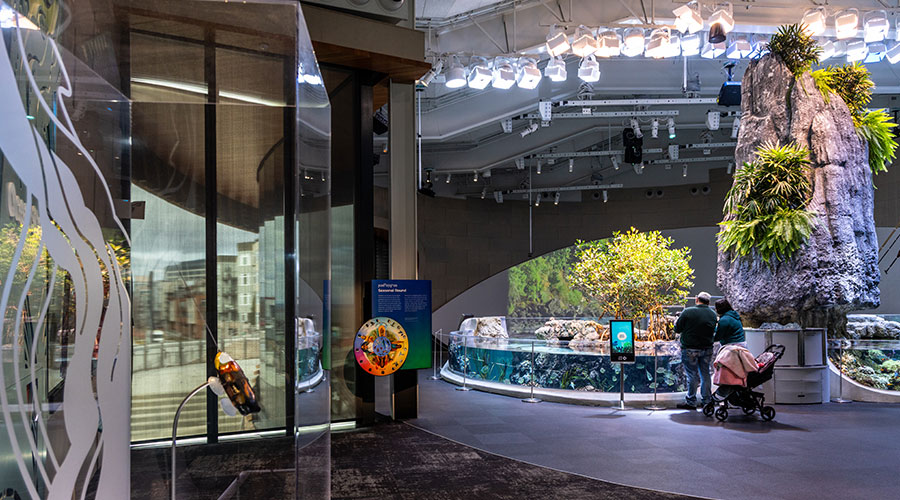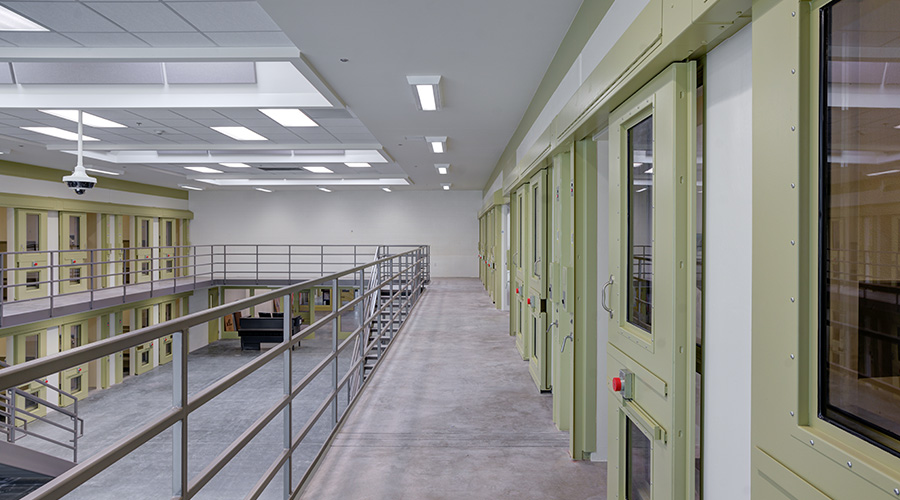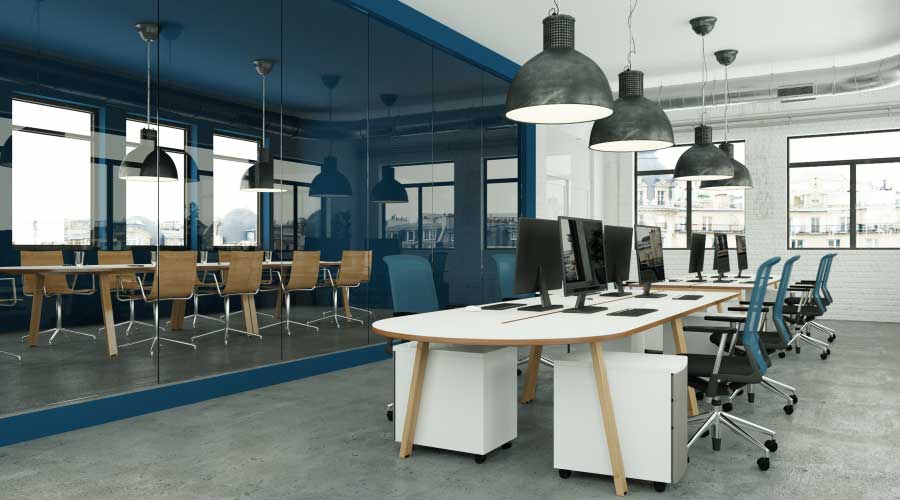Lighting Control Technology, Energy Codes Are Important Pieces Of Lighting Controls Upgrade Plans
Achieving the goals of a lighting upgrade requires a solid understanding of the way in which the facility and current lighting control system are used. In addition, facility managers starting an upgrade will want to be familiar with the advances in lighting control technology that have occurred over the past few years. They also should be aware of the growing aggressiveness of many energy codes, as these also can influence lighting operation.
The cost of many lighting control upgrades has dropped, says Brian Dauskurdas, director of global energy solutions, with Lutron Electronics. That's been driven, in part, by the rise of wireless solutions, as well as many systems being re-engineered to incorporate more electronics, he says.
First Steps
When it comes to understanding the current lighting controls system, a few questions are key, says Lance Hollner, director of the lighting controls and design division with Acuity Brands. "How is the system currently programmed to work" he asks. Also, what type of equipment is being used? For instance, does the system include occupancy sensors? What is the time sequence for different parts of the lighting system? And when is the building typically occupied?
Facility managers also should understand how lighting controls interact with other building systems, such as HVAC and security, Hollner says. If one sensor is connecting to multiple systems, changing the lighting controls will affect the other systems.
Another step is identifying the primary goals of the new system. For example, will it be enough to gain basic automation and code compliance, or is it important to have the ability to fine-tune the new system? If this isn't known at the outset, it may make sense to choose a more granular control system, which will provide greater ability to make future changes, Hollner says.
It's also important to know how both the facilities staff and tenants will interact with the system, says Andrew Albrecht, North American product manager for intelligent devices with GE Lighting. "Will individual tenants control the lighting system, or will it be centralized" For instance, will tenants be able to adjust the lights in their conference rooms or offices? The answers to these questions will influence the user interfaces and training required.
Similarly, it helps to understand the functions that should be available to the facility staff. If the lights need to be on for a weekend or evening event, how easy is it to change the schedule? If a facility manager is away from the facility, can he or she make changes remotely? For many facility managers, having these abilities is key to a smoothly operating lighting system.
Related Topics:













